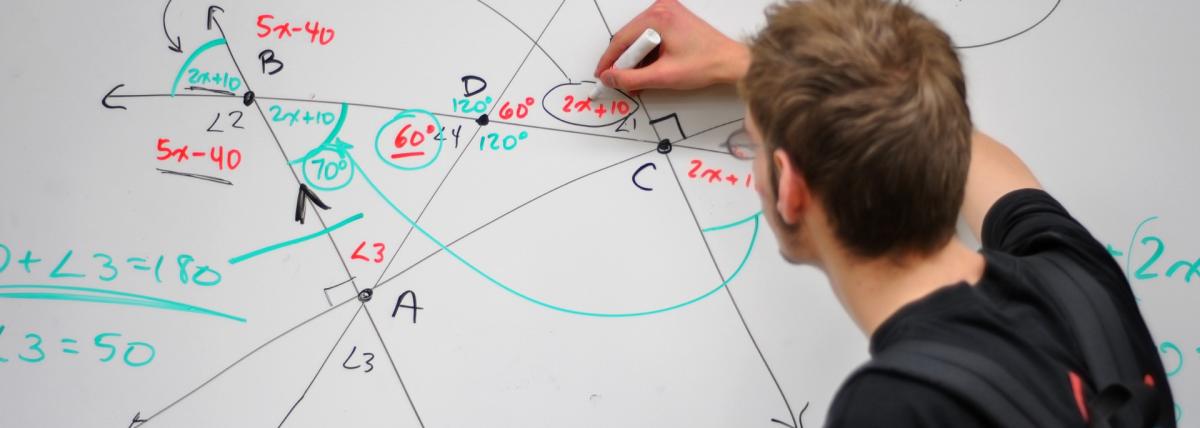
An unknown mass is hung from the "Y" shaped string. To the top of one side of the "Y", the string is connected to a force sensor/spring scale. Using the reading from the force sensor/spring scale and

An unknown mass is hung from the "Y" shaped string. To the top of one side of the "Y", the string is connected to a force sensor/spring scale. Using the reading from the force sensor/spring scale and
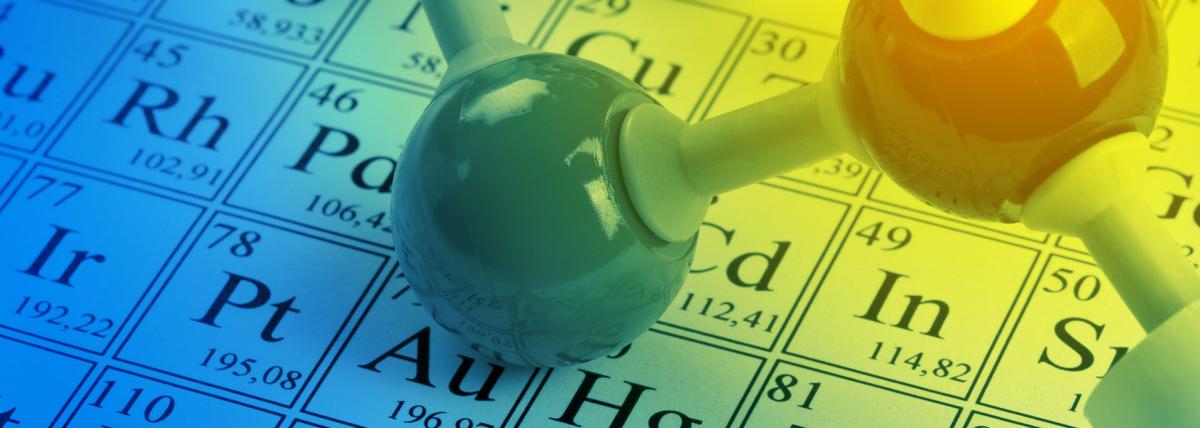
The quintessential chemistry lab, Flame Test Lab! Students will use spectroscopes to identify the component photons of light that are emitted from Spectrum Tubes and Flame Tests. Students will learn
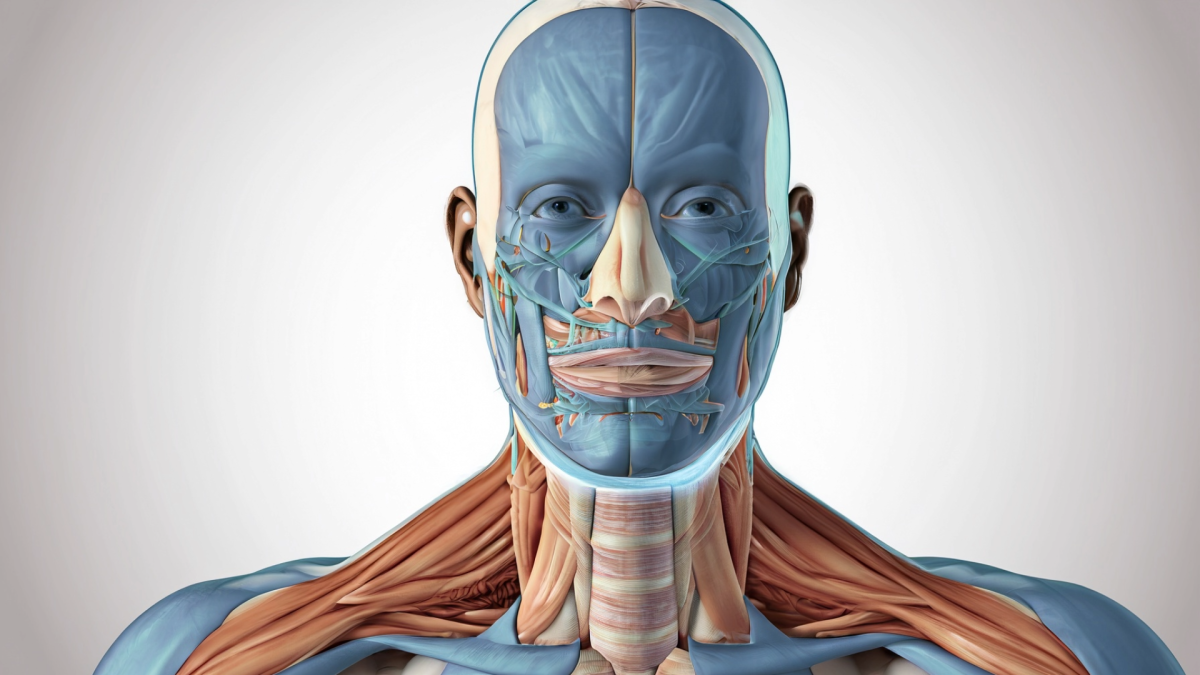
This engaging lesson has students create a dynamic poem, using at least 3 particular Literary Elements, that describes the form and function of a particular Anatomy & Physiology term. The students
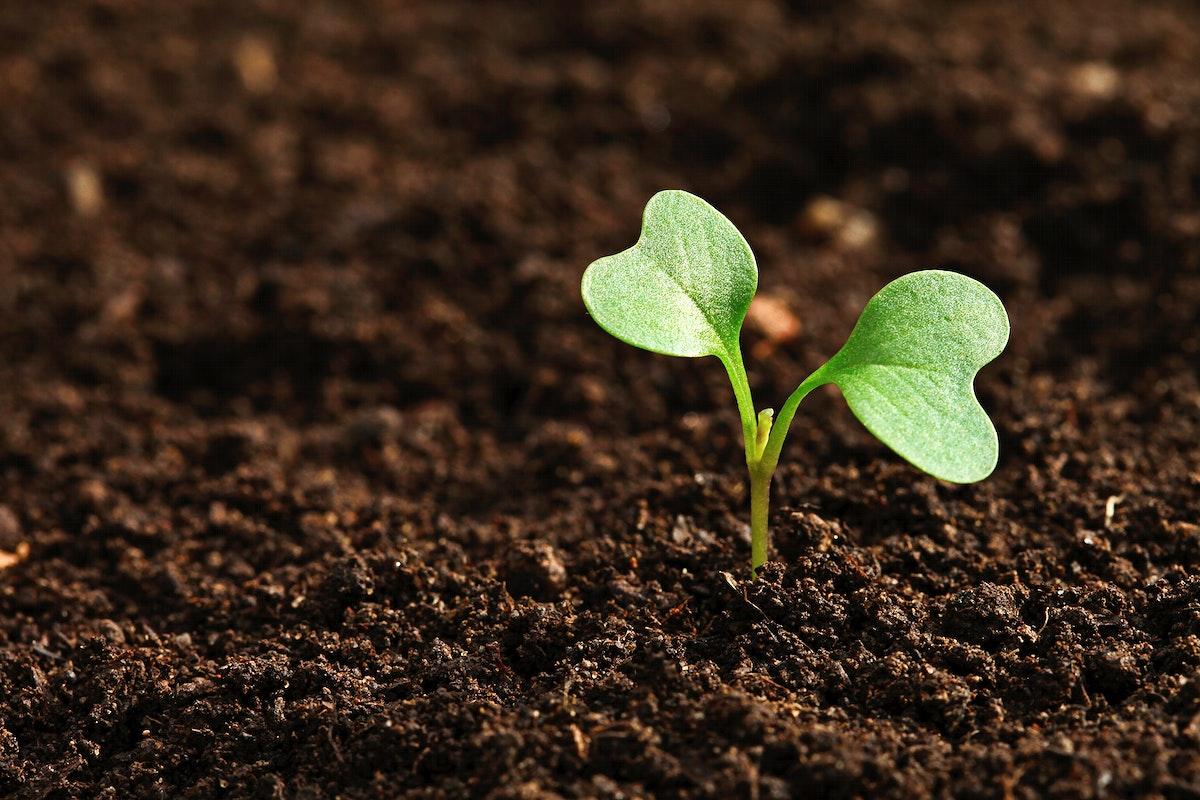
What lives underground? Kinder- 2nd grade students will dig into the life found underground in this 3-part series. In this lesson, students will dig underground to extract soil, investigate/evaluate
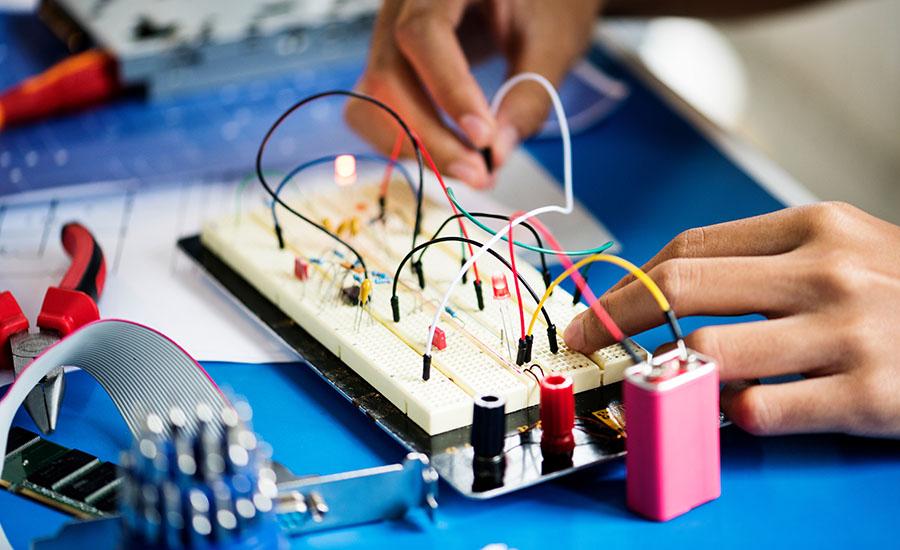
This engaging lesson is designed for students to derive the rules for circuits in series by experimenting with different variables in simple circuits in series using the PhET DC Electricity simulation
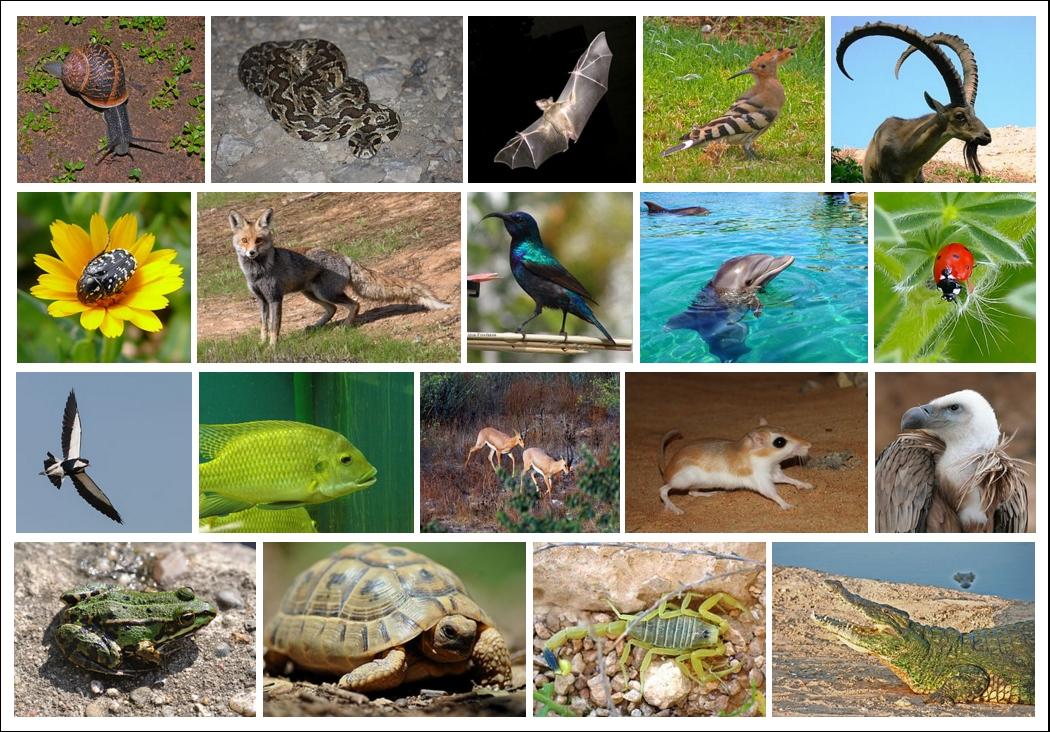
This project sets students up to explore animal anatomy and physiology with the idea of replacing a lost appendage (beak, leg, tail, fin, etc.) This is used in small groups of 2 or 3 over the course

In this lesson, students use a pHet simulation to derive Ohm's law. Students will be able to describe Ohm’s law with a formula and through written expression.
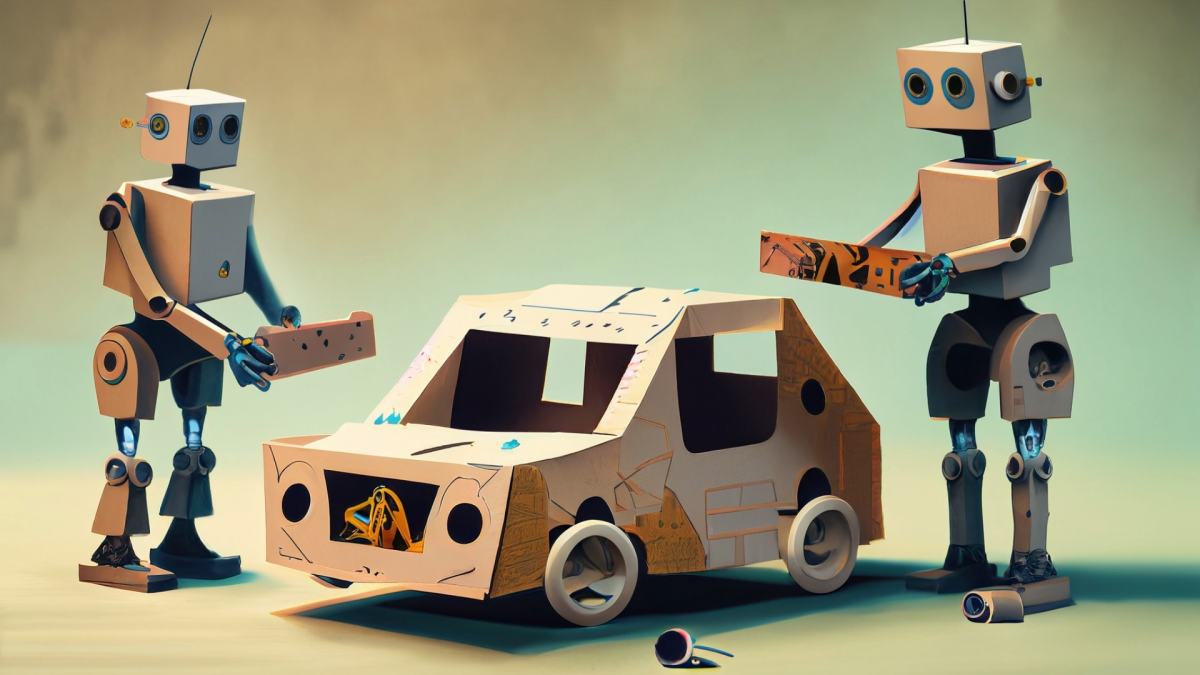
In this lesson, students will show how mass affects velocity (distance/time). Multiple variables can be changed to provide a story representing Newton's Laws in action.

The lesson plan goes beyond the conventional boundaries of art and science, highlighting the interdisciplinary nature of these fields. Students will discover the synergies between art (A) and STEM